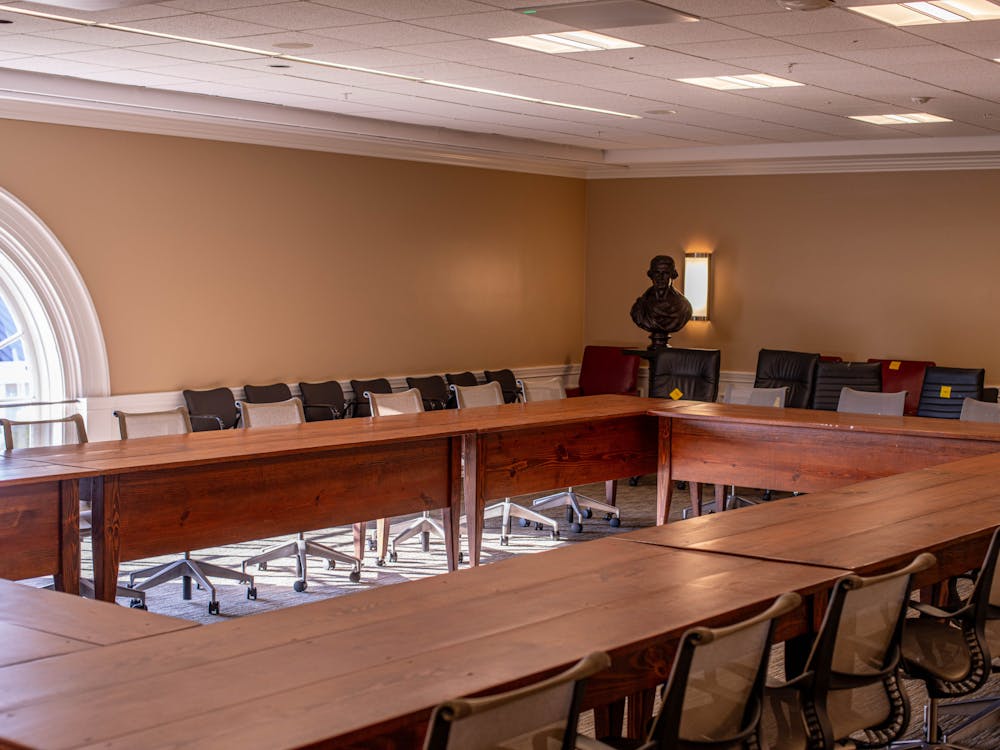The University experienced a significant increase in greenhouse gas emissions since 2000, according to a recent study conducted by three University students. The study’s authors also suggested several ways through which the University could lower its greenhouse gas emissions.
Fourth-year College student Becky Schwantes, third-year College student Thushara Gunda and fourth-year College student Amanda Schwantes conducted the study and saw a 14.86 percent increase in greenhouse gas emissions since the last time the study was conducted in 2000.
The study also found that purchased electricity is the leading cause of the University’s greenhouse emissions, comprising 61 percent of the University’s total emissions. Schwantes said the figure did not surprise her, considering the increase in the number of buildings on Grounds. She noted, however, that there was a decrease in emissions per square foot.
It “indicates our buildings are more energy efficient,” she said. “We hope this trend continues.”
To lower gas emissions and ensure the University has the most energy efficient buildings, the University’s newest buildings are certified by the Leadership in Energy and Environmental Design, a popular building rating certification system.
Schwantes said the University should also modify older buildings to meet the LEED standards to further ensure that emissions decrease.
Andrew Greene, sustainability planner for the Office of the Architect, said the University is taking such steps to improve efficiency on Grounds.
“We have 18 projects for LEED certification, new buildings and renovations,” Greene said.
He said the University is specifically looking to improve lighting efficiency by replacing incandescent bulbs on Grounds with more efficient bulbs. Greene also noted that the Darden School has set a goal to be carbon neutral by 2020 and that this goal could become a University-wide ideal.
“We want to know how to get there,” Greene said. “Those two efforts are being paired and we’re working on it.”
In addition to steps taken by the University, Schwantes said students can do much to improve efficiency as well. For instance, she suggested that students put computers to sleep when not in use, unplug electronics when they are not using them and turn off lights when possible.
“The purpose of the report is to be positive,” Schwantes said. “Departments have done a lot, and we want the University to come up with a statement that says reducing emissions is goal of the whole University.”






